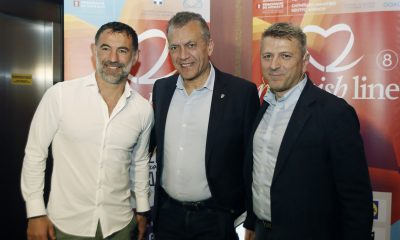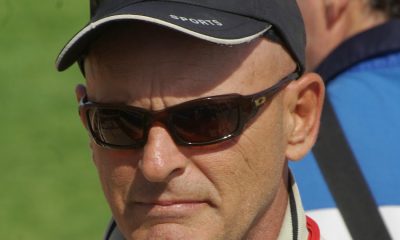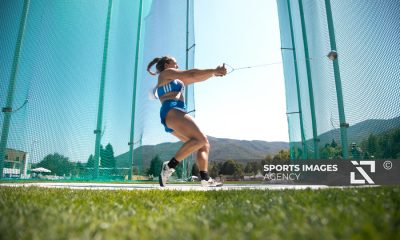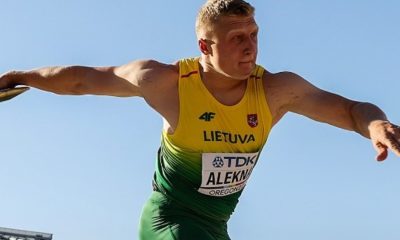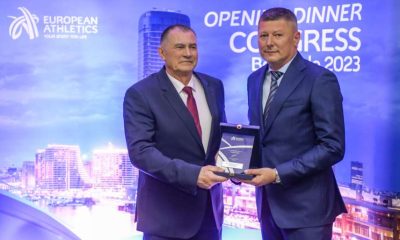EDITORIAL
The field of dreams
Published
5 έτη πρινon
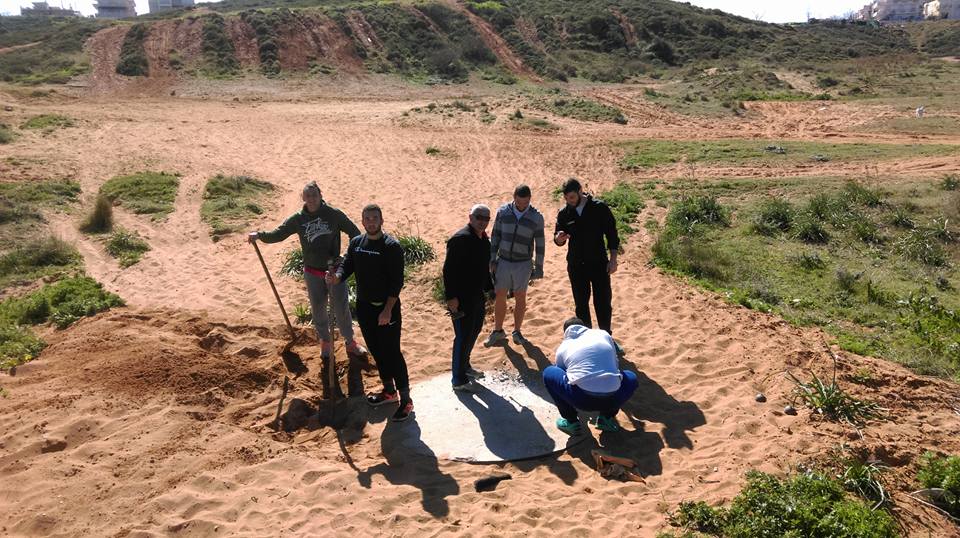
The town of Chania is one of the most beautiful, picturesque towns of Greece. The Mediterranean summer attracts hundreds of thousands of tourists to the southern-most corner of Europe which has to offer multiple carte-postale beaches, all of which have conquered Instagram, except one. The one that makes Olympians and world championships qualifiers.
By Panagiotis Votsis
[email protected]
The island of Crete is known in Greece as the place where the inhabitants take more pride in their heritage. Till today they honor Eleftherios Venizelos, the reformer of modern Greece, by establishing a full black outfit, they follow the most famous diet and they have one of the highest rates of age expectancy on the planet. The older Cretans still narrate stories about the Resistance, about how the locals delayed the onslaught of the German army and how this cotributed to the final defeat of Hitler. Crete has taken pride in a lot of things. Nowadays, the hammer throwers of Kladisos beach is one of them. When all the rest of the kids were enjoying the sun and the sea, Kostas Papamarkakis was forging the world-level champions of the next decade.
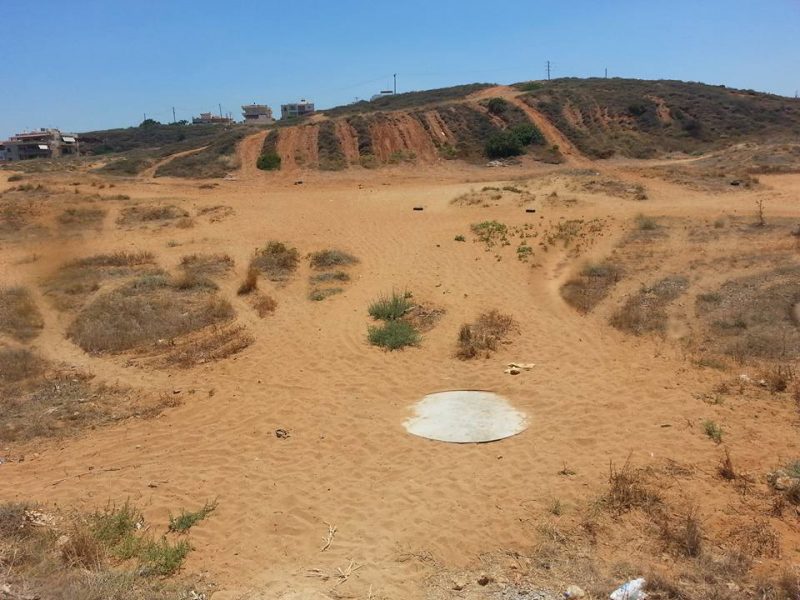
The hammer throwers Mihalis Anastasakis and Hristos Frantzeskakis are two of the fortunates ones, in a way. They were born and raised just one street apart from each other in the neighborhood Nea Hora of Chania. Although they have 6 years of difference, they have strong bonds uniting them, bonds that go back to their early steps of throwing training, bonds forged by one and only person, Kostas Papamarkakis. After having thrown as an athlete during the 80’s, the Chania-based hammer throw coach devoted his life into finding and nurturing young talents to the likes of Anastasakis and Frantzeskakis. Not only is he a master of the throwing technique, but a great yet modest team leader too. He is a man of few words and an ultimate hardworker. His group can be defined as an incubator, where the team spirit and the expressed love for the discipline brings out the best possible results.
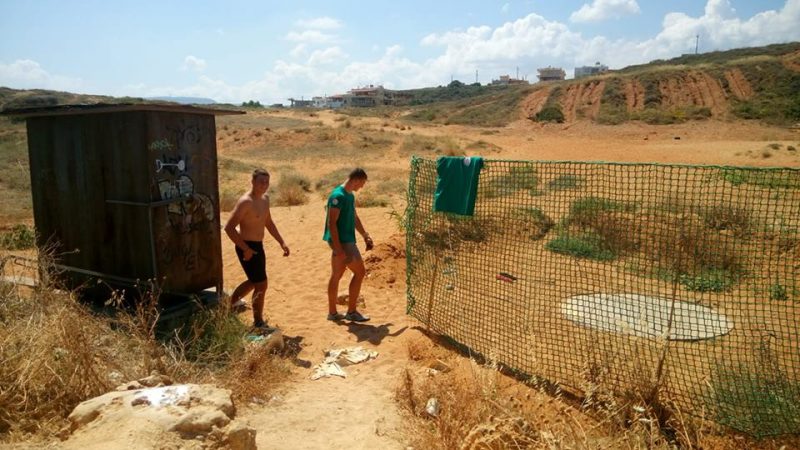
But, like many other countries, in Greece football is the most famous sport. Due to lack of the appropriate facilities, it’s the footballers that dominate the few training spaces and the athletics clubs across the country are complying by their rules. One of them is the prohibition of hammer throwing inside the field since it causes damages to the surface. Because of this situation, the hammer throwers are exiled for some years now to an empty field next to the sand dunes of Kladisos beach (cover photo). This is the place where the two athletes and many more have trained in their early stages, without a protective net and without a closed space. Moreover, the whole group was training for years with one appropriate hammer, till some ex throwers -along with a Swiss retired thrower who was moved by their story- made a bounteous donation of 20 hammers for the group.
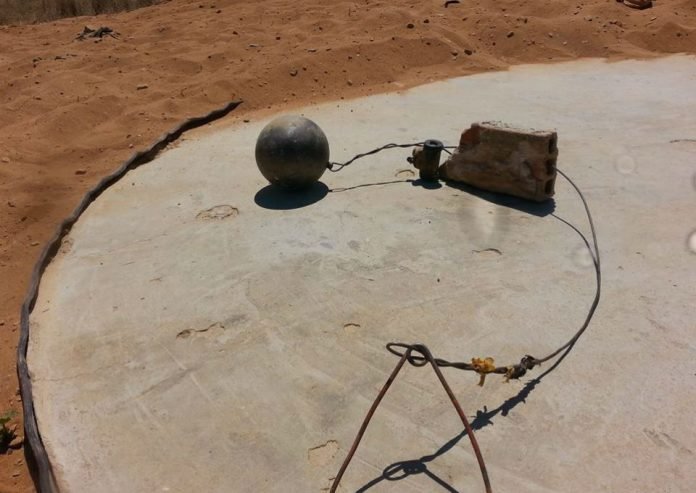
Anastasakis left Chania in 2013, seeking to combine studies and training with a new coach, retired thrower Alexandros Papadimitriou, in Athens, only after he had broken the Greek age categories national records.
”While everyone nowadays is looking for success through shortcuts, my hammer throwers are training against all odds. They train in Kladisos, while they could have chosen another place, with better conditions. These conditions though is what in my opinion is forming their souls and is making them stronger and better every single day. It´s the same sand dunes that turned Anastasakis into the man he is today, along with all the previous hammer throwers from Chania. I don’t believe that something is going to change and I am in peace with that belief. I will continue to work as hard as I can from over there. It’s natural for the grown up athletes to leave and seek better conditions of training, like Mihalis. He wasn’t able to continue here” said Papamarkakis in 2017.
”Our main problem is that we don’t have a modern space to train. We throw in the sand next to the beach, in a non-fenced area that is dangerous for the public and for us too, since there is no net. These are the worst conditions that could ever exist. It’s too hot in summer, too cold in winter and we don’t even have a place to sit. The authorities are aware of the issue for some years now” said Frantzeskakis.
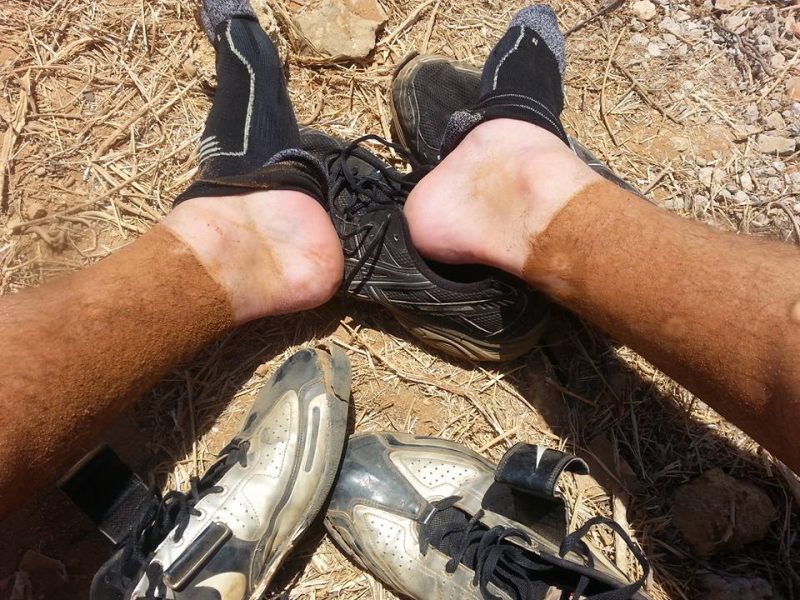
The same summer, the Frantzeskakis climbed the ladder and became No1 in the world U20 ranking having trained only in this site and not being accustomed to the net’s existence. As a result, in the preliminary round of the World U20 Championships in Grosseto he missed three times in a row, disqualifying himself from the competition. Despite the 25 years old efforts of the Cretan coach, few people have helped him into continuing his amazing work and the promises made by the local authorities never turned into solutions.
That’s the moment when he decided to take the situation in his own hands. A friend of his granted his own piece of land to the team and all of them started two years ago to build from scratch their own training field. Their athletics club, Eleftherios Venizelos, shared the 5000€ cost of the net installation along with the Greek Athletics Federation. The throwers, without any exemption and by their own free will, turned into builders, exterminators and land workers in order to be self-reliant and train as they should have done all the previous years.
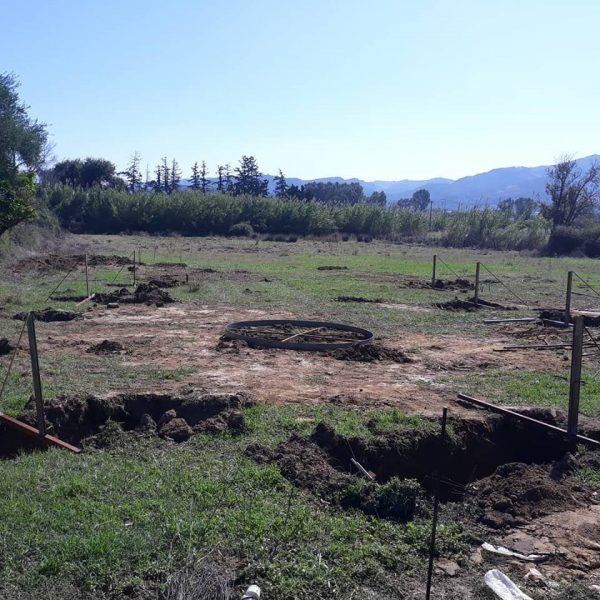
Then, it all came to 2019, the harvest season. Frantzeskakis had already tasted the failure and he was determined not to experience it a second time. With a huge throw of 84.22m. at the final of European U20 championships in Boras, he secured the silver medal behind Ukranian Mykhaylo Kokhan. As if this was not enough, at the 2019 Balkan Championships the 19 years old qualified for Doha’s senior World Championship with a massive 76.67m. throw. Along with Anastasakis, his neighbor, friend and fellow competitor, he threw inside the Khalifa stadium during the preliminary round of the men’s hammer throw with the whole world watching, including its tiny corner of Chania, and the even tinier neighborhood of Nea Hora, the place where it all started. Little does it matter that Frantzeskakis placed 23rd measuring 72.96m. and that Anastasakis placed 13th with a 75.07m. throw, missing the final by only one place. The thing that does matter is that the present and the future of the Greek hammer throw showcased their hometown and their mentor’s life work. Lamentably, a work scarcely appreciated by many.
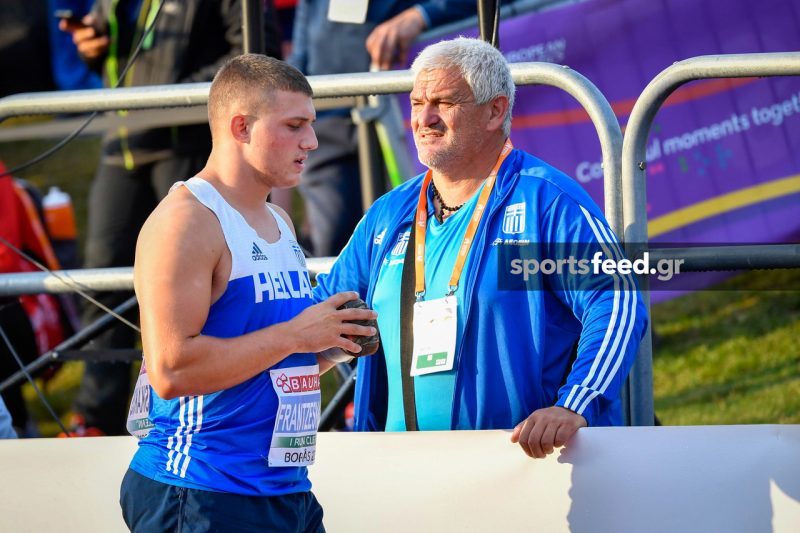
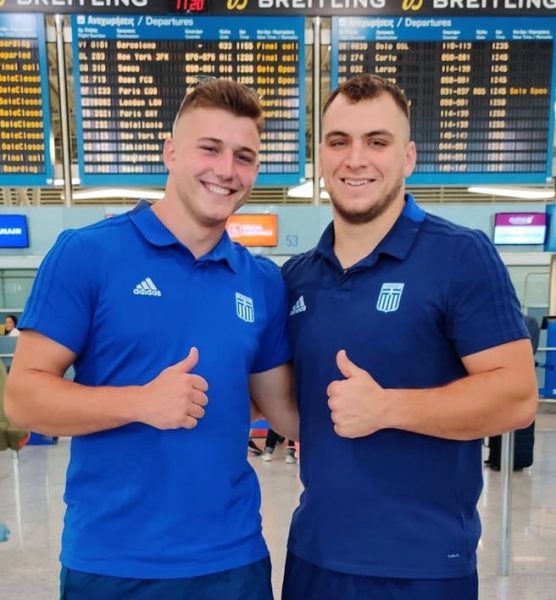
As a conclusion, I ask myself what, in the end, are the elements that make an athlete a champion? Are they personal traits like strong will, perseverance and patience? Are they the conditions of training, the facilities, the equipment and the supplementary services? Or are they the people around them, coaches and family, supporting them wholeheartedly? In my opinion there is always a combination of parameters hiding behind success, and luck is definitely one of them. But this story has made me realize that in fact the human factor alone is the greatest of them all. This can be translated either as a brilliant coach and mentor that paves the way and forges the champions-to-be, either as a strong-willed athlete, determined to succeed against all odds. One thing is certain; stories like this are making me love athletics a bit more every day.
share this:
- Πατήστε για κοινοποίηση στο Facebook(Ανοίγει σε νέο παράθυρο)
- Κλικ για κοινοποίηση στο Twitter(Ανοίγει σε νέο παράθυρο)
- Κλικ για κοινοποίηση στο LinkedIn(Ανοίγει σε νέο παράθυρο)
- Click to share on Skype(Ανοίγει σε νέο παράθυρο)
- Κλικ για κοινοποίηση στο Pinterest(Ανοίγει σε νέο παράθυρο)
- Πατήστε για να μοιραστείτε στο WhatsApp(Ανοίγει σε νέο παράθυρο)
- Κλικ για κοινοποίηση στο Tumblr(Ανοίγει σε νέο παράθυρο)
- Κλικ για κοινοποίηση στο Pocket(Ανοίγει σε νέο παράθυρο)
- Κλικ για κοινοποίηση στο Reddit(Ανοίγει σε νέο παράθυρο)
- Κλικ για εκτύπωση(Ανοίγει σε νέο παράθυρο)


